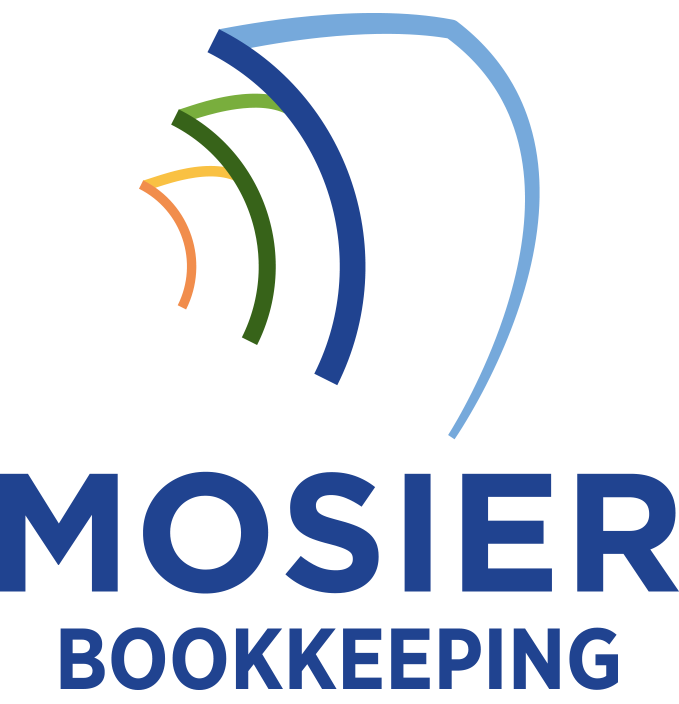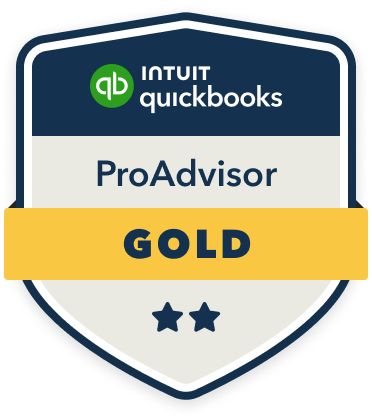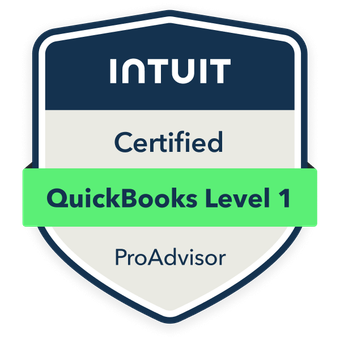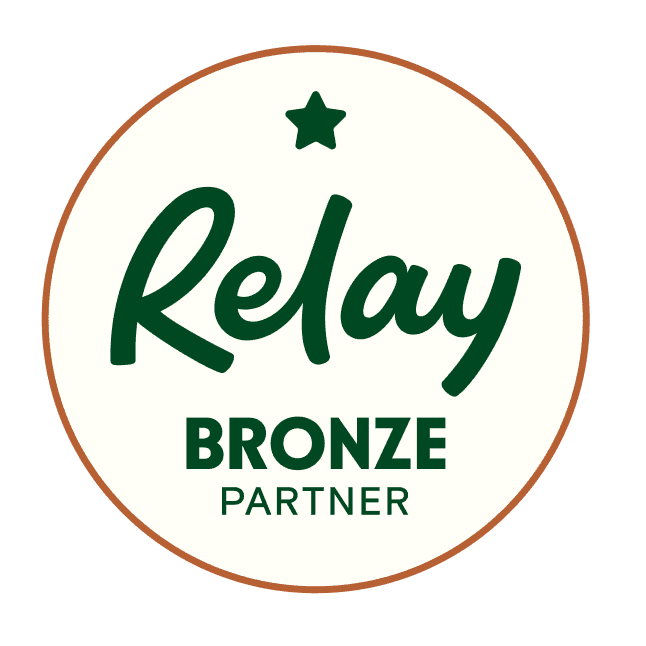Effective time tracking requires a systematic approach across five key areas. I recommend starting with robust time tracking software that matches your workflow needs, then establishing clear policies that outline tracking requirements and expectations. You’ll want to invest in thorough employee training, automate your client billing processes, and leverage the collected data for smarter project management. Mastering these fundamental practices will transform how you optimize productivity and maximize profitability.
Selecting the Right Time Tracking Software for Your Business
How do you choose from the countless time tracking solutions available today? I’ll show you the critical factors that drive ideal software selection. First, analyze your workflow requirements: project complexity, team size, and integration needs. Next, evaluate core features: automated tracking, real-time monitoring, and customizable reporting.
I recommend prioritizing solutions offering granular data analytics, scalable user management, and robust security protocols. Your chosen platform must enable seamless client billing integration and provide actionable insights for strategic decision-making. Remember to assess the vendor’s track record, implementation support, and pricing structure aligned with your growth trajectory.
Creating Clear Time Tracking Policies and Guidelines
While implementing time tracking software establishes the technical foundation, developing clear policies and guidelines safeguards consistent, accurate data collection across your organization.
I recommend creating a structured framework that outlines when and how employees should track their time. Specify minimum time increments, categorization requirements, and deadlines for submissions. Define consequences for non-compliance and establish a verification process to validate accuracy.
Your policy should address real-time vs. delayed tracking, overtime protocols, and billable vs. non-billable hours. I’ve found that incorporating these elements into your employee handbook and requiring signed acknowledgments drives accountability and empowers managers to enforce standards effectively.
Training Employees on Effective Time Recording Methods

Clear policies lay the groundwork, but successful time tracking depends on proper employee training. I’ll show you how to transform your team into time tracking experts through strategic training methods that drive compliance and accuracy.
| Training Component | Business Impact |
|---|---|
| Interactive Demos | 90% retention rate |
| Role-Play Sessions | Reduces errors by 65% |
| Micro-Learning Modules | Increases adoption by 40% |
| Performance Feedback | Improves accuracy by 75% |
Focus your training on real-time tracking habits rather than end-of-day estimates. I recommend implementing a buddy system for new hires and conducting monthly refresher sessions to reinforce best practices. This systematic approach will maximize your ROI on time tracking investments.
Streamlining Client Billing Through Automated Time Reports
Consistently transforming raw time data into accurate client invoices remains a critical challenge for service businesses. I’ve found that automated time reports create a streamlined billing process that eliminates manual errors and accelerates revenue collection.
- Integrate time tracking software with your billing platform for seamless data flow
- Set up automated triggers to flag billable hours and generate draft invoices
- Configure customized billing rules to handle different client rates and project terms
- Establish automated approval workflows to expedite invoice reviews
- Schedule recurring reports to monitor time-to-payment metrics
Leveraging Time Data to Improve Project Management

Beyond its billing applications, time tracking data serves as a powerful catalyst for enhanced project management. I’ll show you how to transform raw time data into strategic insights that drive project success. By analyzing time patterns, I identify bottlenecks, optimize resource allocation, and predict future project timelines with precision.
I leverage historical time data to create accurate project estimates, set realistic deadlines, and make data-driven staffing decisions. Through systematic analysis of task completion rates, I can preemptively address productivity gaps and realign resources. This enables me to maintain strict control over project scope, eliminate inefficiencies, and deliver consistently superior results that strengthen my market position.
